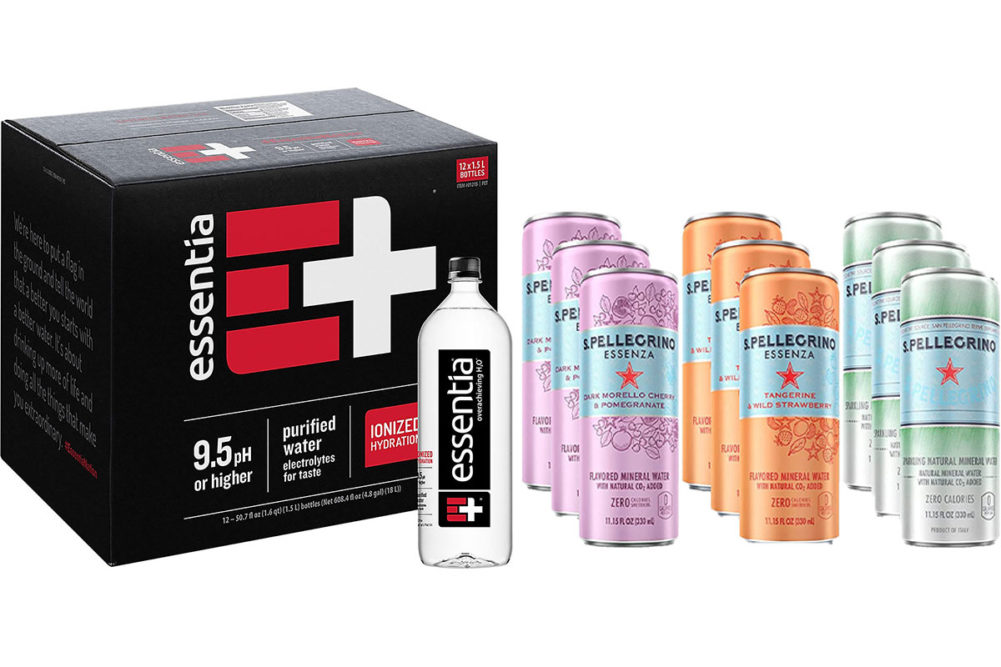VEVEY, SWITZERLAND — Pricing actions carried Nestle SA to sales growth of 9.2% over the first nine months of the fiscal year, but sales volume in the third quarter declined “slightly” as a plan to reduce stock-keeping units continued.
Sales of 69.13 billion Swiss francs ($69 billion) compared with 63.29 billion Swiss francs in the first nine months of the previous year. Net acquisitions had a positive impact of 1.2%. Foreign exchange decreased sales by 0.6%. Organic sales growth was 8.5% with pricing actions accounting for 7.5% of the growth. Nestle now expects full-year organic sales growth of about 8%, up from a previous range of 7% to 8%.
“When we talk about responsible pricing in an inflationary setting, I think most of it has to do with timing, and I think you’ve seen this play out over the last 1.5 years where we were not fully holding up our gross margin day one, and that was unavoidable, and that means we’re not passing on all the inflation right away,” said Ulf Mark Schneider, chief executive officer, in an Oct. 19 earnings call. “We were also very clear that eventually, we will have to catch up because what we don’t want to do is permanently weaken the company and make it live on a lower gross margin level or profit margin level when it comes to the operating profit margin.”
Once Russia invaded Ukraine in February, Nestle began dropping stock-keeping units (SKUs). Executives at the time expected inflation to become a more significant factor than the year before and supply chain constraints to continue to a larger extent than anticipated, Mr. Schneider said.
Volume growth was positive in the first half of the year and then turned “slightly” negative in the third quarter, he said.
“In addition to supply chain constraints and the super high base of comparison, volume development was reduced by active and conscious choices to cut the number of low-rotation and underperforming SKUs,” Mr. Schneider said. “This strategy, which we call ‘cut the tail to push the head,’ is one of our ways to counter cost pressures and supply chain limitations. It is one of several strategies that enabled us to limit the pressure on our underlying trading operating profit margin compared to the reduction we witnessed in our gross margin. Over time, this strategy is also expected to give us top-line benefits through better on-shelf availability and visibility of our core SKUS.”
In North America over the first nine months, sales rose to 19.09 billion Swiss francs ($19.06 billion), up 11.2% from 17.17 billion Swiss francs. Organic sales growth was 11.2% with pricing accounting for 11.1%. Net divestitures reduced sales by 4.8%, mainly coming from the divestment of Nestle Waters North America brands. Foreign exchange had a positive impact of 4.8%.
Purina Pet Care was the largest growth contributor in North America. Sales in Nestle Professional and Starbucks out-of-home products both grew in double-digit percentages. Sales in premium water, driven by S.Pellegrino and Essentia, also grew at a double-digit rate as did sales in dairy-based products.
Beverage category sales in North America came close to double-digit percentage growth behind Starbucks at-home products, Coffee mate and Nescafe. Frozen food saw low single-digit growth following a high base comparison in the first nine months of 2021.
Global sales in Nestle Health Science increased 43% to 4.81 billion Swiss francs ($4.80 billion) from 3.24 billion Swiss francs, largely because of Nestle acquiring brands of The Bountiful Co. and Orgain.




